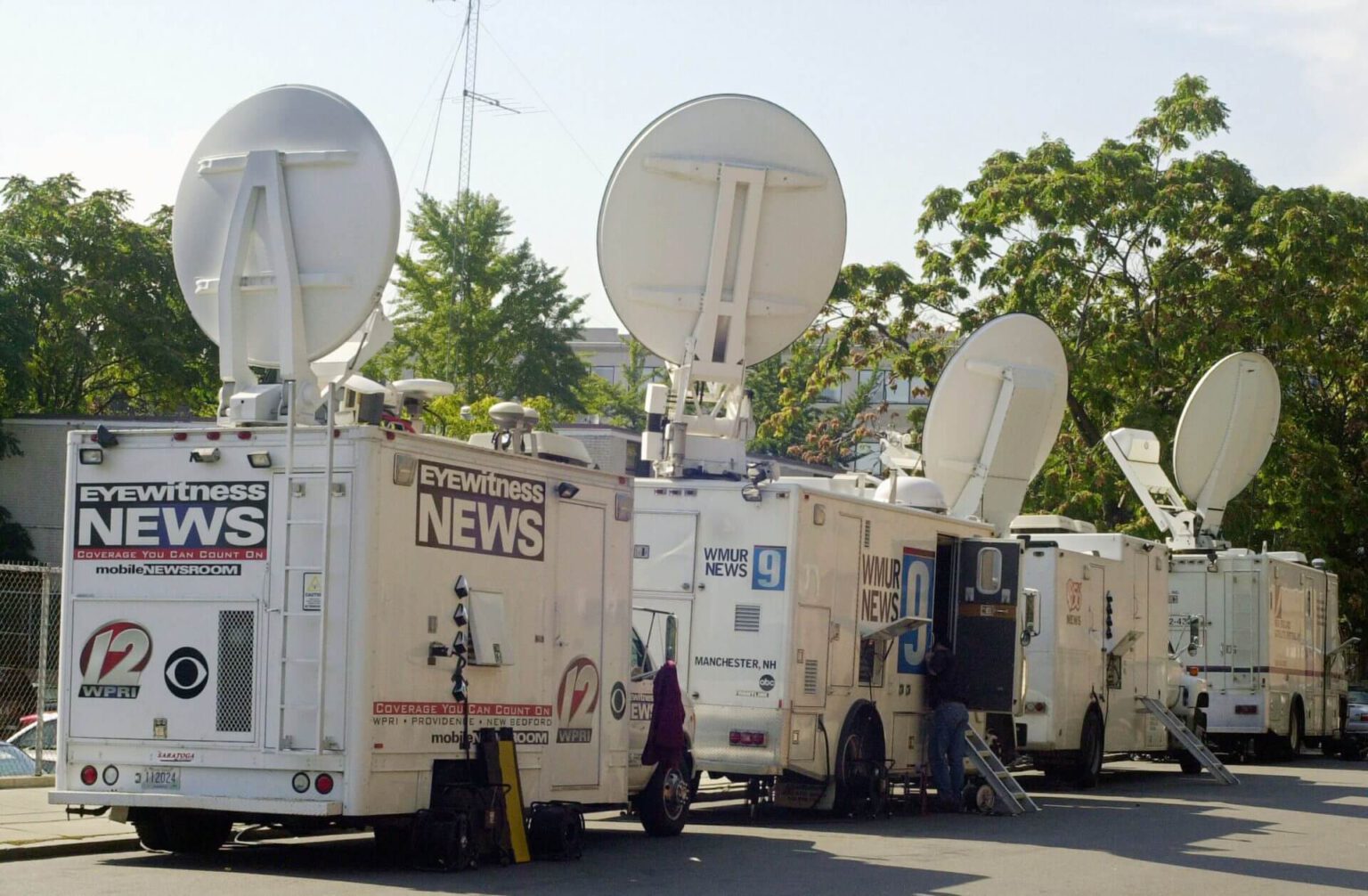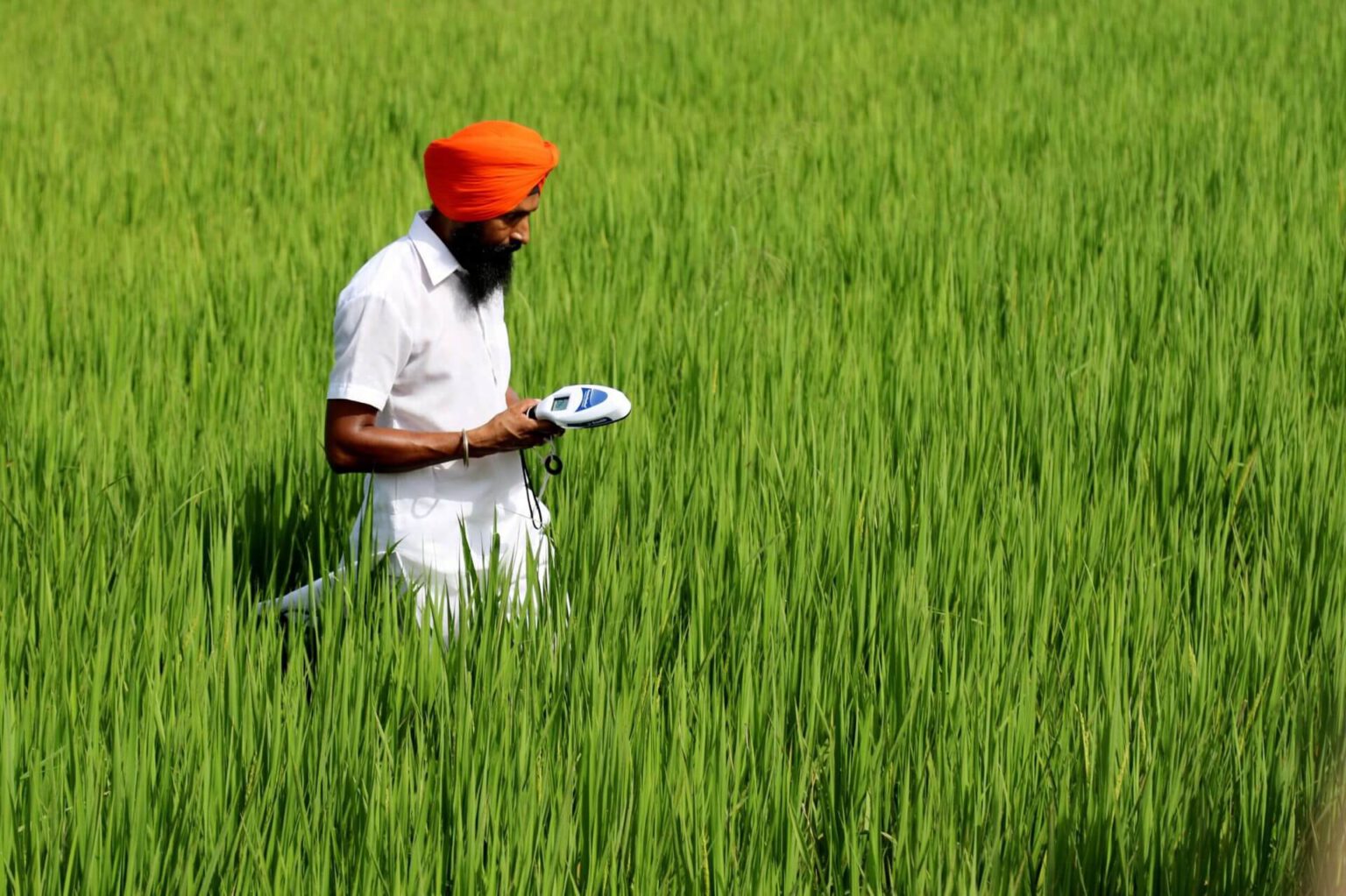During our Talking Shop on climate solutions journalism, Covering Climate Now partnered with Solutions Journalism Network to explore how journalists on the climate beat can cover not just the problem but also its solutions—and do so without lapsing into cheerleading or fluff.
Our panelists included: Fara Warner, Initiative Manager, Solutions Journalism Network; Vania Andre, Board Chair and Publisher, The Haitian Times; and Doug Fraser, Environmental Reporter, Cape Cod Times and Member of Gannett/USA Today National Climate Change Team.
Mark Hertsgaard, CCNow’s executive director and the environment correspondent for The Nation, moderated. He opened the webinar by acknowledging that some journalists are probably suspicious of the idea of “solutions journalism” for fear that it’s a form of activism. It’s not, Hertsgaard said. Instead it’s about seeing and reporting a given social problem, whether it’s climate change or homelessness or the Israeli-Palestinian conflict, in its entirety. That means covering not only what is wrong, but also attempts to put things right.
“As journalists, we have to cover solutions professionally, not as advocates of this or that point of view, but as representatives of the public good,” Hertsgaard said. “It’s entirely proper for us to scrutinize proposed solutions and to report on how well they do or do not respond to a problem, so that citizens and policymakers can make informed decisions,” he said.
And reporting on both problems and solutions is what the public wants, according to recent polling by Smith Geiger Market Research. They found that 79% of Americans said reporting on problems and effective responses to those problems was either “important” or “essential.” That same poll also found that 83% of the public who watched a solutions-focused story found it more trustworthy than the conventional problem-oriented story, which had 55% trustworthiness. As Hertsgaard pointed out, audiences are tired of the “if it bleeds, it leads” mentality and of newsrooms covering a negative story and then walking away.
Fara Warner works directly with newsrooms to help them integrate solutions journalism into their roster of stories. She defined solutions journalism as “rigorous, evidence-based reporting on responses to social problems.” It augments the press’s traditional role as a watchdog on power with a guide dog role — one that points the way towards possible solutions to systemic problems.
Solutions journalism, Warner said:
- Focuses on a response to a systemic problem, not on individuals’ efforts to identify a problem.
- Provides evidence of results, not just intentions, especially evidence found in the communities most affected.
- Seeks to provide not inspiration but insights (lessons learned, replicable models) that can help others respond to the same problem.
- Discusses limitations of the solution under scrutiny—no boosterism.
Warner stressed that solutions journalism is NOT an idea or a task force; hero worship or instant activism; a magic bullet or “good” news; or an afterthought in the reporting process. You can view those examples on her slides from the event here.
“Evidence is absolutely critical in solutions journalism. Plans and promises are just that. They are promises. Without evidence, they’re just hope with no teeth,” Warner said.
The John Kerry climate solutions controversy
Earlier this month, US climate envoy John Kerry caused a stir after he suggested that 50% of the carbon reductions needed to reach net zero by 2050 will rely on technology that hasn’t been invented yet. Penn State University scientist Michael Mann and other experts criticized Kerry, arguing that, in Mann’s words, “We have the technology now, in the form of existing renewable energy and storage and efficiency measures we can put in place. We have the technology now to decarbonize our climate.” What is lacking, Mann added, is the “political will” to scale up the technology fast enough to avoid catastrophe.
To address the apparent disagreement between Mann and Kerry, Warner suggested that journalists scrutinize the technologies Mann and others are referring to. Are they really ready to provide the emissions reductions as fast as claimed? If so, are governments and corporations doing all they should to bring those technologies to bear on the problem?
Bringing solutions journalism to Haiti
Vania Andre said that one reason she wanted to apply a solutions journalism framework to Haiti is because the country has long been seen, especially by international news coverage, as an endless series of disasters. But readers of The Haitian Times have actually requested coverage that does not simply cover setbacks but highlights workable solutions.
“Solutions journalism forced us not to just look at the surface problem that we all knew about, such as improper trash disposal, but why the problem persists,” Andre said.
Rather than basing her story on that problem, Andre flipped the script and made the problem’s potential solution the story’s main character. “I used to have something about a possible solution at the end of the story, like a wrap up,” she said. Now it’s at the center of the story right from the start.
Fisherman and the new offshore wind project in Cape Cod
Doug Fraser, who reports on commercial fishing in New England, wanted to bring a new framework to the industry he had been covering for 25 years.
“I have started looking at how I use my sources and their quotes,” Fraser said. He had found, for example, that the fishermen, scientists, and federal regulators who tussle during fishery management council meetings might have different agendas, but then would all go out to lunch together. “Those are areas where I need to go past the arenas where the news is broadcast and get to the underpinnings.” That type of strategy, he says, leads to more complicated, nuanced stories. “I think editors [and audiences] tend to appreciate that.”
Fraser is set to cover the Vineyard Wind project—the largest offshore wind farm in the US that federal regulators approved earlier this month, but which provokes concern among some commercial fishing interests. Warner suggested that Fraser compare the emerging offshore wind industry to the established auto industry in the US South, which has many similar needs, including a skilled labor force, government subsidies, and incentives. ”It was a good framework for me to basically say, not only this is how [an offshore wind industry could happen in New England], but also these are the pitfalls.”
Getting started with solutions journalism
To explore solutions journalism further get in touch with Solutions Journalism Network and enroll in one of their workshops.
Related Reading
- The Atlantic: Can the News Be Fixed?
- Solutions Journalism: Top 10 Takeaways from the Newest Solutions Journalism Research
- Solutions Journalism: How to Do SJ in a Time-Crunch — 14 Tips from Journalists in our Network
- Covering Climate Now: Climate Solutions Reporting Guide

